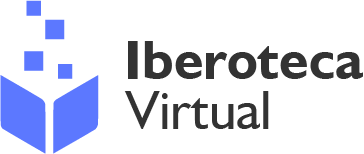Water and Sanitation in Uganda
Editorial: The World Bank Group
Licencia: Creative Commons (by)
Autor(es): Tsimpo, Clarence y Wodon, Quentin
This World Bank Study provides a basic diagnostic of access to safe water and sanitation in Uganda and their relationship with poverty. The analysis relies on a series of nationally representative household surveys for the period 2002-13, as well as on qualitative data collection. The study first relies on household surveys to analyze trends in access to safe water and some of the constraints faced by households for access. The issue of the cost of water for households without a connection to the piped water network is discussed. This includes a discussion of public stand pipes. Next, qualitative data are presented on the obstacles faced by households in accessing safe water. The next two chapters are devoted to sanitation. The focus is again first on analyzing household survey data about sanitation, including with respect to toilets, bathrooms, waste disposal, and hand washing, and next on an analysis of qualitative data from focus groups and key informants. Finally, the study reviews some of the policies and programs that have been implemented in order to improve access to safe water and sanitation for the poor as well as options going forward.
[Washington: 2018]
Compartir:
Una vez que el usuario haya visto al menos un documento, este fragmento será visible.


